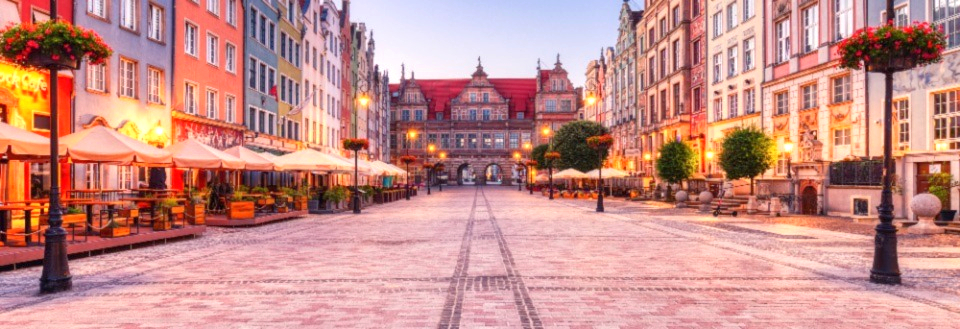Nicaragua's splendid beaches, giant rainforests and wild scenery makes the country a natural stop on your way through Central America. But city life in Nicaragua is also very interesting. Managua has much more to offer than the Sandinistas' revolutionary epitaph. The city is a Central American metropolis - for better or for worse.�
Republica de Nicaragua
Managua
129,494 square kilometres
Spanish
Roman Catholic
4,812,569
Republic
Nicaragua is situated between Honduras and Costa Rica in Central America. The Isabella Mountains dominate the northern part, while Lago de Nicaragua spreads over an area of 148 by 55 kilometres in the southwestern part of the country. Central America's largest lake has 310 islands. These islands are famed for their natural beauty.
The climate is tropical in most parts of the country, but the mountainous area in northern Nicaragua is somewhat cooler than the rest of the country. The rainy- season runs from June to November - when there is a great risk of hurricanes.�
Lonely Planet Central America on a Shoestring
Gold cordoba, 1 cordoba = 100 centavos
There are quite a few Internet cafés in Managua and Granada.
Police (118)
Fire Department (265 0162)
Ambulance (265 1761)
It is common for restaurants and hotels to add a ten per cent service charge on the bill. Pageboys, who carry your luggage, also expect a little something in recognition of their services.
When it is 12 noon in the UK (summer time), it is 5 am in Nicaragua
When it is 12 noon in the UK (winter time), it is 6 am in Nicaragua.
In Nicaragua they use the following units of measurement:
Weight: kilo
Distance: kilometre
Volume: litre, but petrol is measured in gallons.
�
Photography is not allowed at military installations. Otherwise the rule-of-thumb to ask first also goes in Nicaragua.
It's not wise to drink tap-water. It has to be boiled or sterilised before use, even if it's only for ice cubes or brushing your teeth. Bottled water is for sale most places.
110 V AC, 60 Hz
Common courtesy is a good thing. Moreover you shouldn't worry that everybody addresses each other 'mi amor', it's not because they're hitting on you. That's just the way you address people of the opposite sex.
Banks are open from 8 am to 4 pm (Monday-Friday) and from 8.30 to 11.30 am (Saturdays).
Shops are open from 9 am to 6 pm (Monday-Friday) and from 9am to 1 pm (Saturdays).
Rice and beans are common ingredients in Nicaraguan food. Often you use a tortilla to shovel the food into your mouth instead of knife and fork. The long coastline means plentiful supplies of fish and seafood. Grilled corncobs are also sold at many places in the streets.�
The much destruction caused by the earthquake and hurricanes Mitch and Joan haven't made life easier for disabled persons in this country. The damaged infrastructure makes it difficult to know whether it is possible for a disabled person to get around. The most important thing to remember is to phone hotels and traffic services in advance to make sure that they have the necessary facilities.�
New Years Day, 1 January
Labour Day, 1 May
Mothers Day, 30 May
National Liberation Day, 19 July
Fiesta Day, 1 August
San Jacinto Fight Day, 14 September
Independence Day, 15 September
All Souls Day, 2 November
Immaculate Conception, 8 December
Christmas Day, 25 December
Moveable Public Holidays
Holy Thursday, March or April
Good Friday, March or April
Easter, March or April
There are camping sites in several of the national parks, and some places there may be camping sites in connection with the beaches around the country.
You'll find motels along the Pan-American Highway and there are seaside hotels and resorts along the coast.
There are a few B&Bs in Nicaragua
There are a few hostels in Nicaragua. By enquiring at the following agency you can get information about hostels and other facilities - mainly for young people in Nicaragua:
The national airline is Nica Air, but two other companies also offer flights, especially between Managua, Bluefield's and Puerto Cabezas
Buses operate between most cities, but it is wise to book seats well in advance. The buses are infamous for the number of thefts, so it is wise to keep an eye on your belongings while you are travelling.�
There is no railway with passenger trains in Nicaragua.
Taxis operate in the cities, especially in Managua. There is no meter in the taxis, so settle the fare in advance if you don't want to be cheated.�
It is possible to rent a car at the airport or in Managua. It's often the best way to get around since the public transport can be very slow and unreliable.
Boats are the only way to reach some destinations on the Caribbean coast and the islands in Lago de Nicaragua. Boats leave for Islas del Maiz twice a week from Bluefield's.
